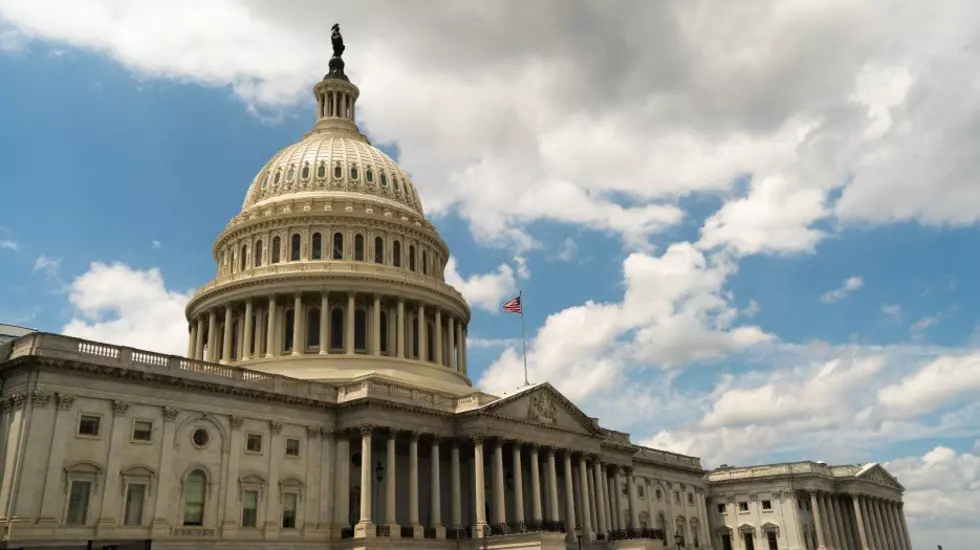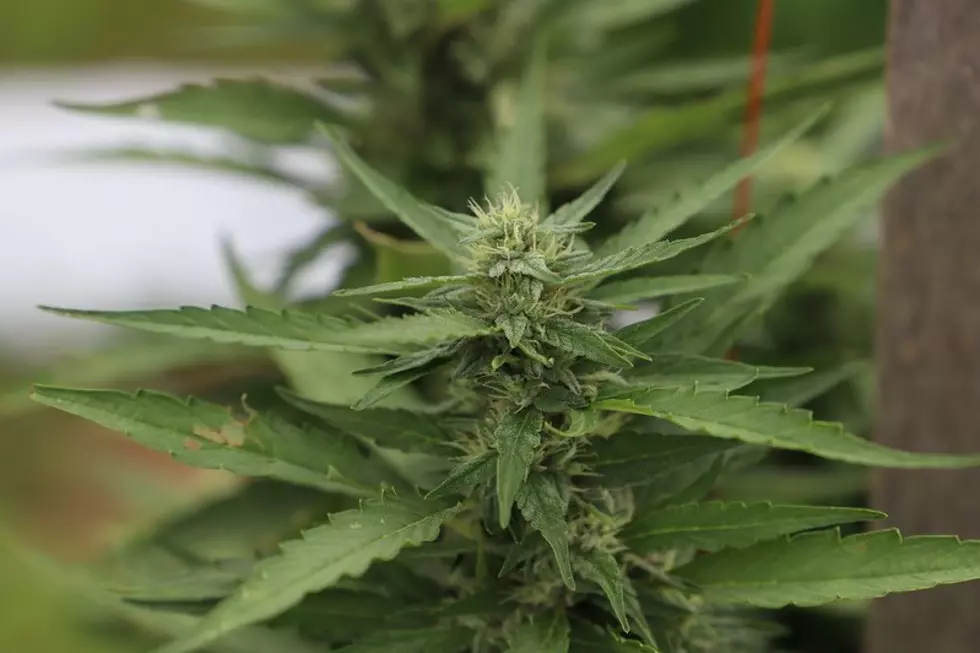
FDA Final Rule For Ag Water Provisions To Go In Effect This July
On May 6, 2024, the Food and Drug Administration (FDA) issued its final rule for agricultural water provisions under the Food Safety Modernization Act (FSMA).
Summary of the amended changes
The 2015 produce safety rule of the FSMA is being revised for pre-harvest agricultural water for covered produce (excluding sprouts). Other existing standards will remain in place.
For pre-harvest agricultural water for non-sprout covered produce, the FDA has made the following changes:
- The microbial quality criteria and uniform testing requirements are being replaced with new provisions for conducting water assessments for hazard identification.
- A new requirement in place to test pre-harvest agricultural water in certain circumstances.
- New options added for mitigation measures, adding new flexibility in responding to findings.
- New requirement to expedit implementation of mitigation measures for known or reasonably foreseeable hazards.
- New requirement for management review of water assessments.
- New definitions for "agricultural water assessment" and "agricultural water system."
Reasons behind the changes to agricultural water provisions
The original revisions to the agricultural water rule were proposed in 2021. This was a response by the FDA to many comments from producers that criticized the existing water criteria and testing. As National Ag Law Center reported, stakeholders expressed that the rule applied a "one-size-fits-all" approach, was too complicated, and was difficult to implement when multiple water sources were used.
The new guidelines, the FDA claims, are meant to be "adaptable to future scientific advancements" and offer a new, more flexible approach that can be utilized by any farm operation.
These regulations are in place to help prevent the introduction and spread of foodborne illnesses, particularly E.coli.
The ruling goes into effect this July
The FDA's final ruling will go into effect on July 5, 2024. Full details of the ruling and related documents are available on the Federal Register.
Counties with the worst droughts in Washington
Gallery Credit: Jaime Skelton
Where to Find 8 Roadside Farmstands With The Best Produce In Boise
Gallery Credit: Ryan Antoinette Valenzuela
More From PNW Ag Network









